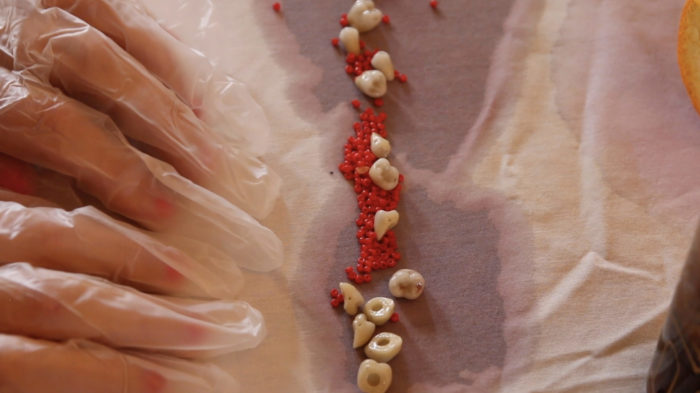
Girl is Presence (2020) by Lynne Sachs & Anne Lesley Selcer
CROSSROADS 2020 — program 9
as long as there is breath
program online August 30–September 30
program community partners: Small Press Traffic and GAZE
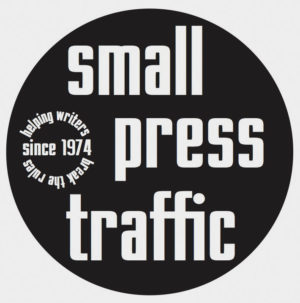

CROSSROADS 2020 closes with a series of introspective meditations on shelter, safety, community and family (chosen and otherwise). In contrast, as free movement in the contemporary moment is more and more curtailed, the pleasures of travel are presented nostalgically, with introspective stasis proffered as a tentative alternative. Program includes two works—Girl Is Presence and As Long As There Is Breath—which were commissioned by Small Press Traffic for their Bay Area Shorts series, reflecting on shelter-in-place.
SCREENING: Girl is Presence (2020) by Lynne Sachs and Anne Lesley Selcer; Lore (2019) by Sky Hopinka; Oh My Homeland (2019) by Stephanie Barber; As Long As There Is Breath (2020) by Emily Chao; Amusement Ride (2019) by Tomonari Nishikawa; All My Life (1966) by Bruce Baillie; Fallen Arches (2018) by Simon Liu; We Carry With Us Our Mother (2019) by Olivia Ciummo; Corriente (Stream) (2019) by Diana Sánchez Maciel; Feast (2019) by Mike Hoolboom; Vever (for Barbara) (2019) by Deborah Stratman
TRT: 64 minutes
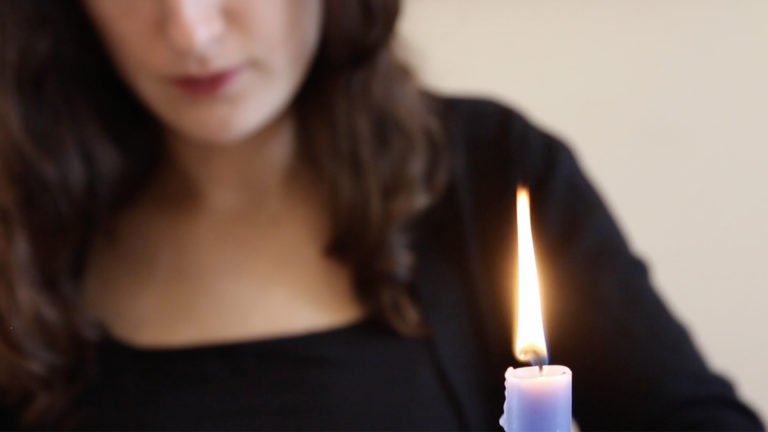
Girl is Presence (2020) by Lynne Sachs and Anne Lesley Selcer
During the 2020 global pandemic, filmmaker Lynne Sachs and her daughter Noa collaborated with Anne Lesley Selcer to create Girl is Presence. The work is a form of reading and listening in response to disquieting words from Selcer’s poem “Sun Cycle.” The film’s disparate objects reflect a disharmonious and tense list of voiced nouns. The poem’s original tone, contextualized by a book that deals with gender and power, takes on an expanded sense here. Against the uncertain and anxious pandemic atmosphere, inside domestic space, the “girl” arranges and rearranges a collection of small and mysterious things. Commissioned by Small Press Traffic for Bay Area Shorts during the national shelter-in-place order caused by the Coronavirus Pandemic of 2020. (Lynne Sachs and Anne Lesley Selcer)
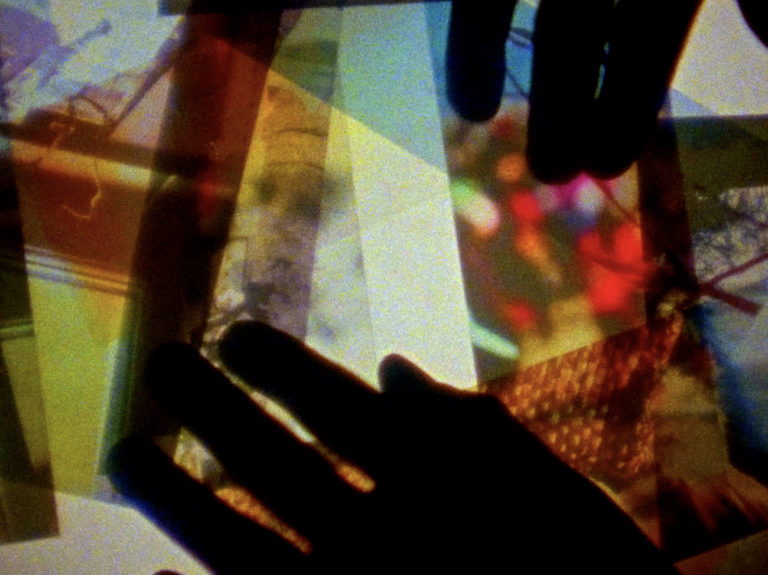
Lore (2019) by Sky Hopinka
Images of friends and landscapes are cut, fragmented, and reassembled on an overhead projector as hands guide their shape and construction in this film stemming from Hollis Frampton’s Nostalgia. The voice tells a story about a not too distant past, a not too distant ruin, with traces of nostalgia articulated in terms of lore; knowledge and memory passed down and shared not from wistful loss, but as a pastiche of rumination, reproduction, and creation. (Sky Hopinka)
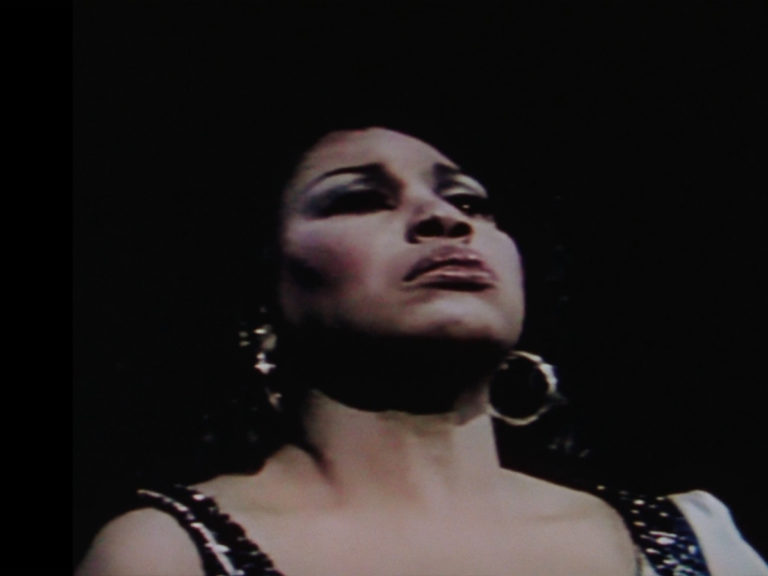
Oh My Homeland (2019) by Stephanie Barber
In 1985, Leontyne Price sang the title role in Verdi’s Aida as her farewell opera. After the O patria mia aria, the audience breaks into a four-minute applause. It’s a film about representation, art and material exchange. A film about endings. A film about identity, love, power, patriotism and the transcendent potential of art through the viewing of a face receiving adoration. A minimal gesture akin to the practice every portrait painter or mother recognizes as ineffably powerful. It explores YouTube as a cultural and social archive. The transformational power of art; the implication of Ms. Price’s race and the context to which she dedicated her life; the staggering political implications of the Verdi aria (a mournful and complicated love letter to Aida’s homeland) in a time in which love of country is hard to muster. (Stephanie Barber)
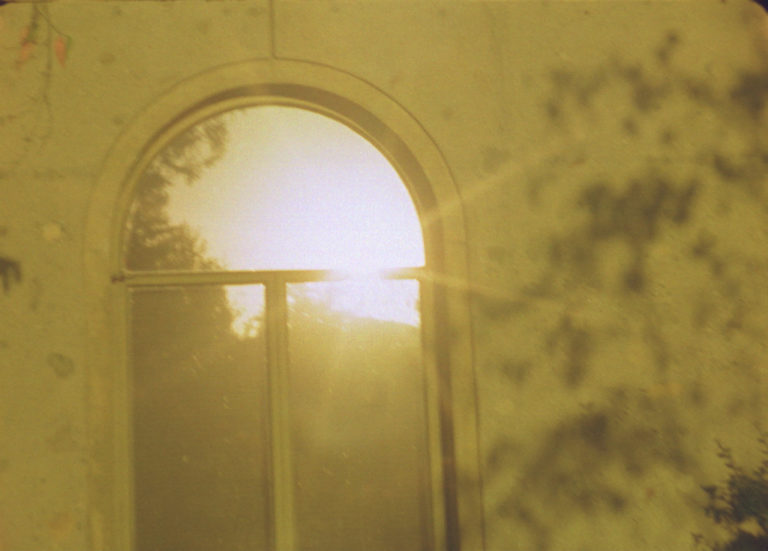
As Long As There Is Breath (2020) by Emily Chao
An assembly of collected memories shatter the interior and open portals to the outside. Completed during shelter-in-place in Northern California. Commissioned by Small Press Traffic. (Emily Chao)
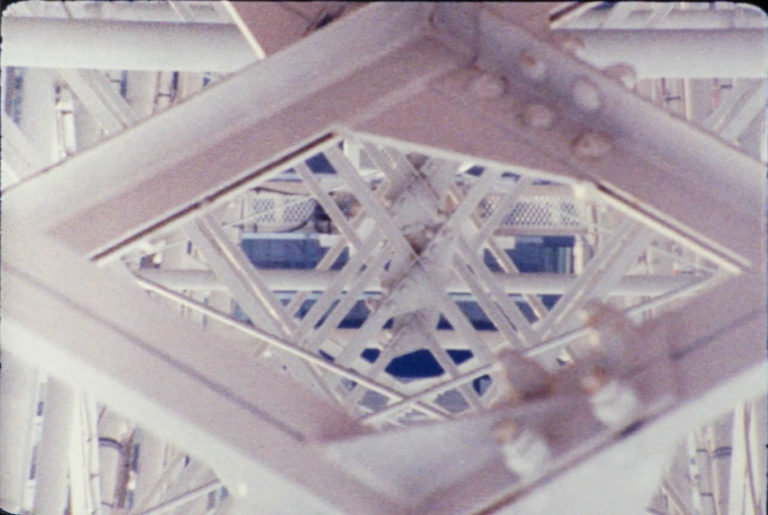
Amusement Ride (2019) by Tomonari Nishikawa
Shot with a telephoto lens from inside a cabin of Cosmo Clock 21, a Ferris wheel at an amusement park in Yokohama, Japan. The distorted image shows the structure of the Ferris wheel, focusing on the intermittent vertical movement, which resembles the movement of a film at the gate of a film projector or camera. (Tomonari Nishikawa)
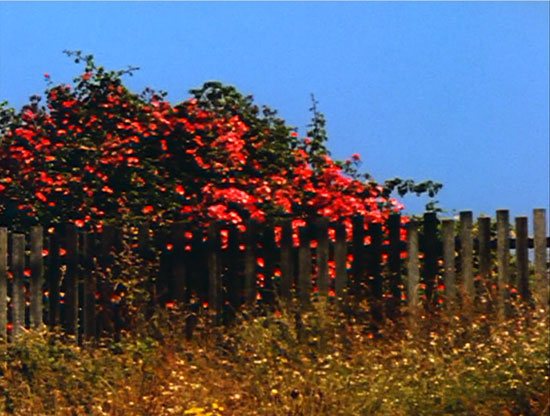
All My Life (1966) by Bruce Baillie
Caspar, California, old fence with red roses. (Bruce Baillie/Canyon Cinema)
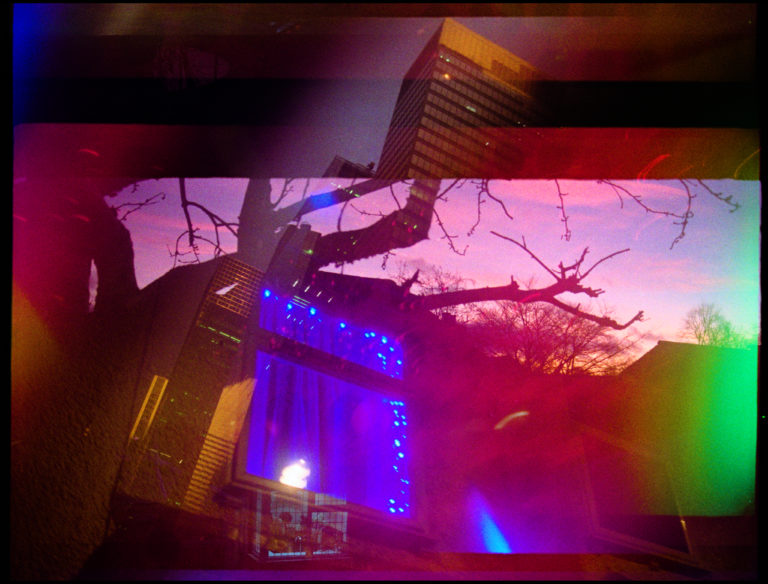
Fallen Arches (2018) by Simon Liu
Glimpses through windows into family gatherings and views along British coastlines are consumed by temporary store-front displays and the allure of emblazoned skyscrapers. Imagery both diaristic and impersonal to the filmmaker overlap, contradict and trace movements between Stoke-On-Trent, Hong Kong and New York. In an act of dedication, Fallen Arches is at once a celebration and questioning of fleeting enchantments as borders between distant spaces dissipate into multi-chromatic rushes. (Simon Liu)
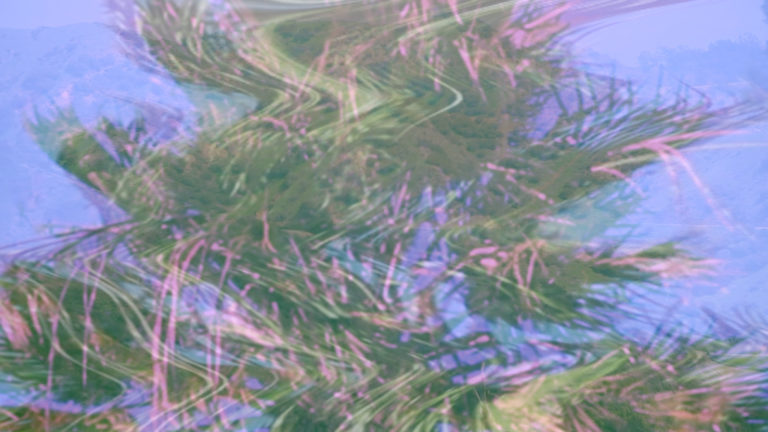
We Carry With Us Our Mother (2019) by Olivia Ciummo
Planetary events and a blood red landscape blend with ethereal sounds as text leaves clues about difficulties with the mind and body. (Olivia Ciummo)

Corriente (Stream) (2019) by Diana Sánchez Maciel
The flipping of a photo album; an attempt to remember moments; organize memories we never lived but have been perceived through photographic evidence. (Diana Sánchez Maciel)
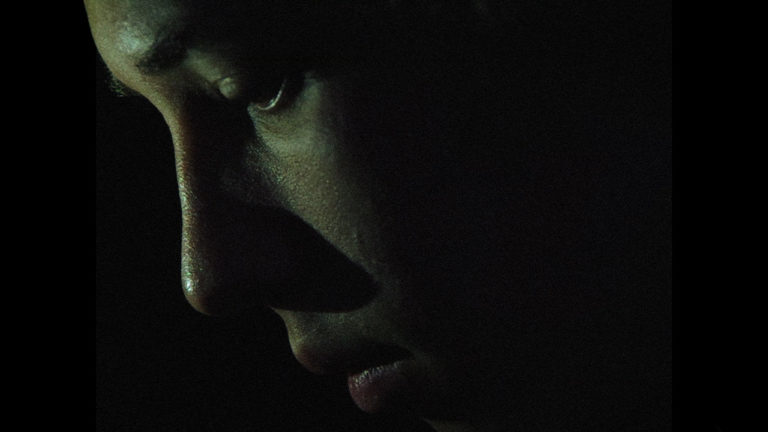
Feast (2019) by Mike Hoolboom
When he won his Giller Award, Saint Lucia poet/playwright Derek Walcott couldn’t make it, so Michael Ondaatje stood in his place and read Love After Love, the most beautiful poem I had ever heard. It remains a haunting and a promise. I learned it “by heart,” as the saying goes, and finally made this movie, which is only a way of keeping it with me as memento and keepsake. Using subtle repeats and rest stops for reflection, the poem’s fifteen lines are a narration of self-care, an invitation to do the deep dig of meeting that most unwanted of all visitors. The film is framed by a writer/stand-in who is in search, waiting in the pause between faces. Her writing brings her to a temporary oasis where she can reboot and refresh, invite her many personalities to arrive, and allow old encounters with friends and familiars to flow through her, to become again a living memory. (Mike Hoolboom)
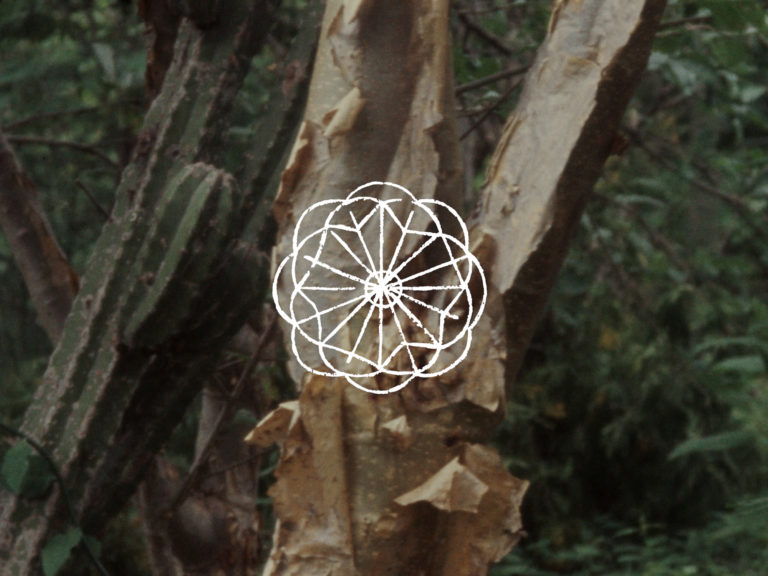
Vever (for Barbara) (2019) by Deborah Stratman
A cross generational binding of three filmmakers seeking alternative possibilities to power structures they’re inherently part of. The film grew out of abandoned film projects of Maya Deren and Barbara Hammer. Shot at the furthest point of a motorcycle trip Hammer took to Guatemala in 1975, and passed through with Deren’s reflections of failure, encounter and initiation in 1950s Haiti. A vever is a symbolic drawing used in Haitian Voodoo to invoke a Loa, or god. (Deborah Stratman)
Calling something “political” and thinking of it as separate is just an excuse for not thinking about it at all. (Vicki Aspinall, The Raincoats)
 Lynne Sachs (US) makes films and writes poems. Her work embraces hybrid forms, combining memoir with experimental, documentary and fictional modes. In recent years, she has expanded her practice to include live performance with moving image. Sachs has made 35 films which have been part of retrospectives at Buenos Aires International Festival of Independent Cinema, Sheffield Doc/Fest and China Women’s Film Festival. Tender Buttons Press published Lynne’s Year by Year Poems in 2020. Lynne lives in Brooklyn, New York.
Lynne Sachs (US) makes films and writes poems. Her work embraces hybrid forms, combining memoir with experimental, documentary and fictional modes. In recent years, she has expanded her practice to include live performance with moving image. Sachs has made 35 films which have been part of retrospectives at Buenos Aires International Festival of Independent Cinema, Sheffield Doc/Fest and China Women’s Film Festival. Tender Buttons Press published Lynne’s Year by Year Poems in 2020. Lynne lives in Brooklyn, New York.
 Anne Lesley Selcer (US) is a poet in the expanded field. She is the author of Blank Sign Book, a collection of essays on art, and of Sun Cycle, a poetry book about the image, gender and power. Her gallery publications and chapbooks include from a Book of Poems on Beauty, Banlieusard and Untitled (a treatise on form). Occasionally she creates off the page—most recently, the opera-based sound performance The Sadness of the Supermarket: A Lament for Certain Girls, and a collaboration for BAMPFA with performance artist Guta Galli.
Anne Lesley Selcer (US) is a poet in the expanded field. She is the author of Blank Sign Book, a collection of essays on art, and of Sun Cycle, a poetry book about the image, gender and power. Her gallery publications and chapbooks include from a Book of Poems on Beauty, Banlieusard and Untitled (a treatise on form). Occasionally she creates off the page—most recently, the opera-based sound performance The Sadness of the Supermarket: A Lament for Certain Girls, and a collaboration for BAMPFA with performance artist Guta Galli.
 Sky Hopinka (Ho-Chunk/Pechanga) was born and raised in Ferndale WA and spent a number of years in Palm Springs and Riverside CA, Portland OR. In Portland he studied and taught chinuk wawa, a language indigenous to the Lower Columbia River Basin. His work centers around personal positions of Indigenous homeland and landscape, designs of language as containers of culture expressed through personal, documentary and non fiction forms of media. He received his BA from Portland State University in Liberal Arts and his MFA in Film, Video, Animation and New Genres from the University of Wisconsin-Milwaukee. His work has screened at various festivals including ImagineNATIVE Media + Arts Festival, Images, TIFF Wavelengths, Ann Arbor Film Festival, Sundance and NYFF Projections.
Sky Hopinka (Ho-Chunk/Pechanga) was born and raised in Ferndale WA and spent a number of years in Palm Springs and Riverside CA, Portland OR. In Portland he studied and taught chinuk wawa, a language indigenous to the Lower Columbia River Basin. His work centers around personal positions of Indigenous homeland and landscape, designs of language as containers of culture expressed through personal, documentary and non fiction forms of media. He received his BA from Portland State University in Liberal Arts and his MFA in Film, Video, Animation and New Genres from the University of Wisconsin-Milwaukee. His work has screened at various festivals including ImagineNATIVE Media + Arts Festival, Images, TIFF Wavelengths, Ann Arbor Film Festival, Sundance and NYFF Projections.
 Stephanie Barber (US) is a writer and artist who has created a poetic, conceptual and philosophical body of work in a variety of media. Her films and videos are literary/cinematic hybrids that dissolve boundaries between narrative, essay and dialectic. They consider the basic philosophical questions of human existence (its morbidity, profundity and banality) with play and humor. Barber’s works have screened nationally and internationally at MOMA; The Tate Modern, London; The Whitney Museum of American Art; The Paris Cinematheque; The Walker Art Center; MOCA Los Angeles and The Wexner Center for Art among other galleries, museums and festivals. Her videos are distributed by Video Data Bank and her films can be found at Canyon Cinema. Her books Night Moves and these here separated… were published by Publishing Genius Press in 2013 and 2010 respectively. Her collection of very short stories All The People was published by Ink Press Productions in 2015.
Stephanie Barber (US) is a writer and artist who has created a poetic, conceptual and philosophical body of work in a variety of media. Her films and videos are literary/cinematic hybrids that dissolve boundaries between narrative, essay and dialectic. They consider the basic philosophical questions of human existence (its morbidity, profundity and banality) with play and humor. Barber’s works have screened nationally and internationally at MOMA; The Tate Modern, London; The Whitney Museum of American Art; The Paris Cinematheque; The Walker Art Center; MOCA Los Angeles and The Wexner Center for Art among other galleries, museums and festivals. Her videos are distributed by Video Data Bank and her films can be found at Canyon Cinema. Her books Night Moves and these here separated… were published by Publishing Genius Press in 2013 and 2010 respectively. Her collection of very short stories All The People was published by Ink Press Productions in 2015.
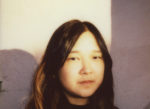 Emily Chao (US) is a filmmaker based in the SF Bay Area. She is a co-programmer of Light Field, an international exhibition of moving image art on celluloid and a member of Black Hole Collective Film Lab in Oakland, CA.
Emily Chao (US) is a filmmaker based in the SF Bay Area. She is a co-programmer of Light Field, an international exhibition of moving image art on celluloid and a member of Black Hole Collective Film Lab in Oakland, CA.
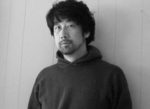 Tomonari Nishikawa’s (Japan) films explore the idea of documenting situations/phenomena through a chosen medium and technique, often focusing on its process. His films have been screened internationally. He is currently teaching in the Cinema Department at Binghamton University.
Tomonari Nishikawa’s (Japan) films explore the idea of documenting situations/phenomena through a chosen medium and technique, often focusing on its process. His films have been screened internationally. He is currently teaching in the Cinema Department at Binghamton University.
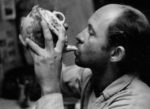 Bruce Baillie (US; 1931–2020) was an American filmmaker, widely hailed as a master of 16mm personal filmmaking, whose works epitomize the “lyrical” mode of filmmaking strongly identified with ‘60s era northern California counterculture. In 1961, Baillie started a small film series in the rural community of Canyon, California that, thanks to his persistence and that of friends and community grew to the institutions today know as San Francisco Cinematheque and the Canyon Cinema Foundation.
Bruce Baillie (US; 1931–2020) was an American filmmaker, widely hailed as a master of 16mm personal filmmaking, whose works epitomize the “lyrical” mode of filmmaking strongly identified with ‘60s era northern California counterculture. In 1961, Baillie started a small film series in the rural community of Canyon, California that, thanks to his persistence and that of friends and community grew to the institutions today know as San Francisco Cinematheque and the Canyon Cinema Foundation.
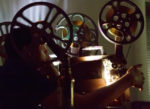 Simon Liu (Hong Kong/United Kingdom) is a film artist whose work centers on building a lyrical catalogue of the rapidly evolving inner and outer landscapes of his place of origin in Hong Kong through alternative documentary forms, abstract diary films, multi-channel video installations and 16mm projection performances. These films act as a storage mechanism which offer potential re-examinations of the city’s history and Liu’s shifting notions of selfhood as a person of Chinese/English decent who was born in a former British colony. An upcoming solo-presentation of Liu’s work will take place at the Museum of Modern Art in New York as part of their ongoing Modern Mondays series. Liu’s work has shown at NYFF: Projections, IFFR: Tiger Short Competition, TIFF: Wavelengths, Sundance Film Festival, New Directors/New Films at MoMA & Lincoln Center, British Film Institute, M+ Museum, Tai Kwun Contemporary, Cinéma du Réel, CROSSROADS at SFMoMA, Light Industry, Sheffield Doc/Fest, and “Dreamlands: Expanded” with the Whitney Museum of American Art & Microscope Gallery. Liu is a 2019 Jerome Hill Artist Fellow and a recipient of the NYSCA / Wave Farm Media Arts Assistance Fund in 2018. He is a teacher at the Cooper Union School of Art and a member of the Brooklyn based artist-run film lab Negativeland. Liu is currently editing his first feature film, Staffordshire Hoard.
Simon Liu (Hong Kong/United Kingdom) is a film artist whose work centers on building a lyrical catalogue of the rapidly evolving inner and outer landscapes of his place of origin in Hong Kong through alternative documentary forms, abstract diary films, multi-channel video installations and 16mm projection performances. These films act as a storage mechanism which offer potential re-examinations of the city’s history and Liu’s shifting notions of selfhood as a person of Chinese/English decent who was born in a former British colony. An upcoming solo-presentation of Liu’s work will take place at the Museum of Modern Art in New York as part of their ongoing Modern Mondays series. Liu’s work has shown at NYFF: Projections, IFFR: Tiger Short Competition, TIFF: Wavelengths, Sundance Film Festival, New Directors/New Films at MoMA & Lincoln Center, British Film Institute, M+ Museum, Tai Kwun Contemporary, Cinéma du Réel, CROSSROADS at SFMoMA, Light Industry, Sheffield Doc/Fest, and “Dreamlands: Expanded” with the Whitney Museum of American Art & Microscope Gallery. Liu is a 2019 Jerome Hill Artist Fellow and a recipient of the NYSCA / Wave Farm Media Arts Assistance Fund in 2018. He is a teacher at the Cooper Union School of Art and a member of the Brooklyn based artist-run film lab Negativeland. Liu is currently editing his first feature film, Staffordshire Hoard.
 Olivia Ciummo (US) is a filmmaker and media artist that lives and works in Los Angeles. Over the last decade, her work has exhibited at museums, film festivals, galleries, universities and cultural centers both nationally and abroad. Her work has screened at venues such as the New York Film Festival: Projections; The Pittsburgh Biennial; Museum of Portimão, Portugal; Media City Film Festival; CROSSROADS, the Cairo Video Festival; and The Paris Festival of Different and Experimental Cinemas. She has an MFA in Moving Image and taught in higher education for some years. These days she is being called Mom, in addition to studying plants and permaculture.
Olivia Ciummo (US) is a filmmaker and media artist that lives and works in Los Angeles. Over the last decade, her work has exhibited at museums, film festivals, galleries, universities and cultural centers both nationally and abroad. Her work has screened at venues such as the New York Film Festival: Projections; The Pittsburgh Biennial; Museum of Portimão, Portugal; Media City Film Festival; CROSSROADS, the Cairo Video Festival; and The Paris Festival of Different and Experimental Cinemas. She has an MFA in Moving Image and taught in higher education for some years. These days she is being called Mom, in addition to studying plants and permaculture.
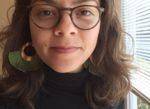 Diana Sánchez Maciel (Mexico/US) is an experimental filmmaker and curator born in Mexico City and raised in California. She has worked so hard to stay, live and work in the Bay Area that she sometimes forgets what original tacos al pastor taste like. Following an experimental framework, Diana is a filmmaker interested in media archaeology, material and digital forms, and memory. Diana graduated from San Francisco State University with a BA in Cinema. She currently works for Veteran Documentary Corps as a Research Assistant and is part of an ambitious project with San Francisco State University called The Archive Project.
Diana Sánchez Maciel (Mexico/US) is an experimental filmmaker and curator born in Mexico City and raised in California. She has worked so hard to stay, live and work in the Bay Area that she sometimes forgets what original tacos al pastor taste like. Following an experimental framework, Diana is a filmmaker interested in media archaeology, material and digital forms, and memory. Diana graduated from San Francisco State University with a BA in Cinema. She currently works for Veteran Documentary Corps as a Research Assistant and is part of an ambitious project with San Francisco State University called The Archive Project.
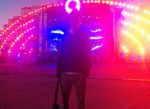 Mike Hoolboom (Canada) began making movies in 1980. Making as practice, a daily application. Ongoing remixology. 100+ movies, many redacted. Since 2000 a steady drip of bio docs. The animating question of community: how can I help you? Interviews with media artists for 3 decades. 30 books, written, edited, co-edited. Local ecologies. Volunteerism. Opening the door.
Mike Hoolboom (Canada) began making movies in 1980. Making as practice, a daily application. Ongoing remixology. 100+ movies, many redacted. Since 2000 a steady drip of bio docs. The animating question of community: how can I help you? Interviews with media artists for 3 decades. 30 books, written, edited, co-edited. Local ecologies. Volunteerism. Opening the door.
 Deborah Stratman (US) makes films and artworks that investigate power, control and belief, considering how places, ideas and society are intertwined. Recent projects have addressed listening, freedom, surveillance, sinkholes, comets, raptors, orthoptera, levitation, exodus, sisterhood and faith. She lives in Chicago where she teaches at the University of Illinois.
Deborah Stratman (US) makes films and artworks that investigate power, control and belief, considering how places, ideas and society are intertwined. Recent projects have addressed listening, freedom, surveillance, sinkholes, comets, raptors, orthoptera, levitation, exodus, sisterhood and faith. She lives in Chicago where she teaches at the University of Illinois.